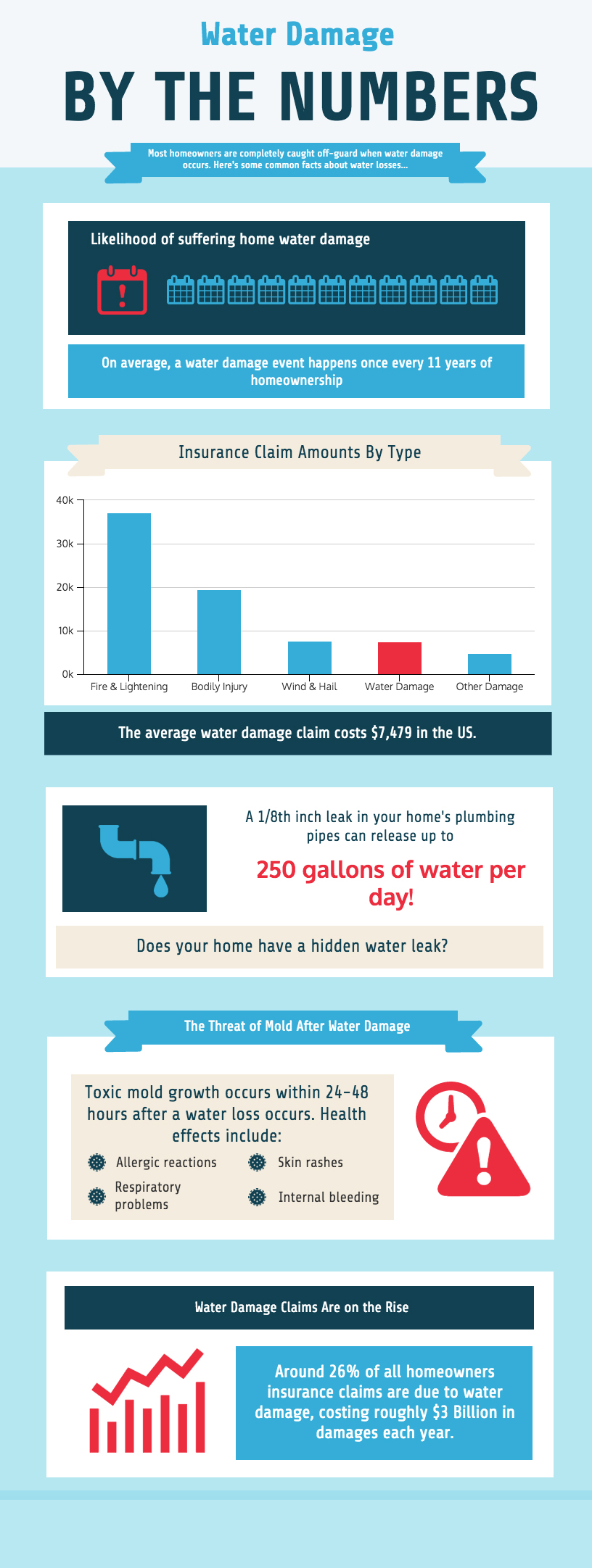Learn Just How Different Weather Condition Circumstances Can Influence Your Roof Installation, Assisting You Accomplish A Task Well Done
Learn Just How Different Weather Condition Circumstances Can Influence Your Roof Installation, Assisting You Accomplish A Task Well Done
Blog Article
Author-Bennett Noer
When it concerns roof covering setups, the climate can make or break the task. Visualize the stress of handling materials that won't cooperate due to severe heat or battling unsafe surfaces triggered by unanticipated rain. Recognizing the impact of climate condition on your roof covering task is essential for a successful end result. So, allow's discover how different weather elements can affect the quality and resilience of your roof covering installation, ensuring a job well done.
Effect of Temperature on Roof Covering Installation
When it comes to roof setup, temperature plays an important duty while doing so. The perfect temperature for roofing jobs usually drops between 45 and 85 levels Fahrenheit. Severe warmth can create materials like shingles to end up being as well pliable, bring about potential damages during installment. On the other hand, cool temperatures can make products breakable and susceptible to fracturing. It is necessary to set up roof installments throughout modest temperatures to guarantee the most effective result.
During colder climate, contractors may need to take extra safety measures such as utilizing warmed equipment or enabling materials to warm up before setup.
In contrast, hot weather may call for job to be done earlier or later in the day to avoid the peak temperatures. By considering the temperature and its results on roofing products, you can help guarantee an effective installment that will endure the components for many years to find.
Result of Rainfall on Roof Projects
Roof tasks can be considerably affected by rainfall, influencing both the timeline and the top quality of the installation. kitchen design san antonio or snow can produce unsafe problems, making it harmful for roofing professionals to service a wet surface. Furthermore, wetness can jeopardize the adhesion of products like roof shingles or underlayment, leading to possible leaks or damages in the future.
If it rains during a roof covering job, the water can seep right into at risk areas, triggering hold-ups as the installation staff have to await the roofing system to completely dry before proceeding. Too much moisture can likewise promote the growth of mold and mildew and mildew, more jeopardizing the stability of the roofing.
To prevent these concerns, it's advised to arrange roof jobs throughout drier seasons or monitor the weather forecast very closely to prepare about any kind of possible rainstorms. By taking precautions to work in beneficial weather, you can make certain a smoother and much more effective roof covering installment procedure.
Influence of Wind Rate on Installment Success
During roof covering setup, the speed of the wind plays a crucial function in determining the success of the task. High wind rates can position substantial challenges to contractors, potentially bring about security threats and high quality concerns. When wind rates go beyond advised limits, it comes to be challenging to deal with products, raising the danger of accidents and damages to the roofing materials. Strong gusts can also affect the precision of dimensions and the precision needed for correct installation.
To guarantee a successful roofing system installment, it's important to keep track of and take into consideration wind speeds. Preferably, roof installment must occur on days with reduced to modest wind speeds. This not only enhances the safety of the employees yet likewise improves the overall high quality of the installment.
Roof projects arranged throughout calm weather are more probable to be completed successfully and with less mistakes. By paying attention to wind rate projections and planning as necessary, you can help ensure a smooth and effective roof setup process.
Conclusion
So, when it involves roofing system installation, bear in mind to consider the weather conditions to guarantee a successful work. Ideal temperature levels, completely dry problems, and moderate wind speeds are crucial elements to prioritize for a smooth setup procedure. By scheduling your task during the best periods and perfect weather conditions, you can attain a sturdy and durable roof that will protect your home for several years to come.
